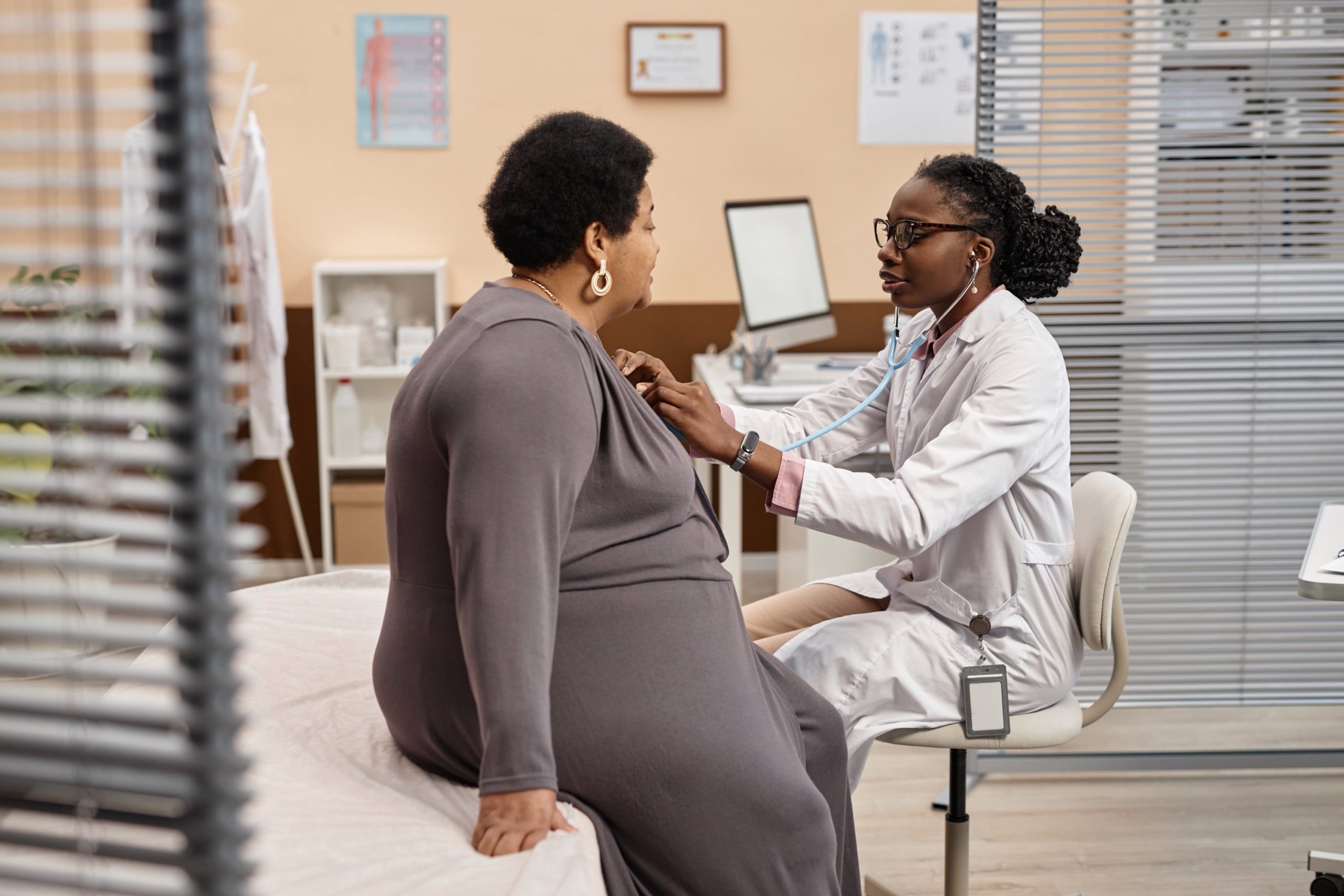Getting a urinary tract infection (UTI) can affect you physically, emotionally, and even financially, if they keep coming back. Here are some proven ways to treat and prevent UTIs, plus the reasons why these infections are getting harder and harder to cure.
Why does my urinary tract get infected?
Urinary tract infections (UTIs) happen when outside bacteria multiply inside the system of tubes and organs that excrete your urine. The most common cause is the bacteria species E. coli, which causes 70% to 80% of infections, but UTIs can also be caused by Klebsiella, species of Staph and Strep, and many other types of bacteria.
The urinary tract consists of 3 main parts:
- Kidneys that filter your blood and turn it into urine
- Ureters that deliver urine from the kidneys to the bladder
- Urethra that delivers urine from the bladder to the outside of the body
Urinary tract infections are common all over the world, and females get them more than males because of 2 simple differences in our bodies: In females, the vagina and anus are closer to the urethral opening—so bacteria move easily from one place to another. And females have a shorter urethra—so bacteria don’t have as far to travel to reach the bladder and infect it.
Common risk factors for a UTI include:
- Sexual intercourse
- Spermicide use
- New sexual partner
- Previous urinary tract infection
- History of a UTI in a first-degree female relative (mother or sister)
For women who have reached menopause, having low estrogen levels can contribute to UTIs.
What are the symptoms of a UTI?
When your urethra or bladder is infected (called a lower UTI or cystitis), the following symptoms can result:
- Burning pain while peeing (dysuria)
- Cloudy urine
- Peeing more often (urinary frequency)
- Red or brown urine (may indicate blood in the urine)
- Urine has a strong odor
- Pelvic/lower abdominal pain or pressure
- Feeling the sensation of needing to urinate, but little to no urine is produced when you try to urinate (urinary urgency)
Symptoms of a more severe UTI in the kidneys (called an upper UTI or pyelonephritis) may include:
- Fever and chills
- Flank (back) pain—usually on one side only
- Nausea and vomiting
- Diarrhea
- Weakness/tiredness
- Light-headedness
- Shortness of breath
In serious cases, the bacteria causing the UTI can spread into the blood. This type of infection (called urosepsis) is usually treated with intravenous (IV) antibiotics in the hospital.
How do I get tested for a UTI?
Diagnosis of acute uncomplicated UTI (cystitis) can be based on symptoms alone in appropriately selected patients. The presence of burning (dysuria), increased frequency of urination, strong urgency to pee, lower abdominal (suprapubic) pain, blood in the urine (hematuria), and lack of vaginal irritation or discharge are highly predictive of a UTI. In these cases, urinalysis and culture are not typically needed to get started on a treatment.
If your provider suspects that you have an upper UTI (pyelonephritis), they will order a urinalysis (UA) and urine culture to confirm the diagnosis and guide therapy. You’ll provide a urine sample in a specimen cup, which is sent to a lab for analysis. A urinalysis can measure and detect many different things, including color, clarity, pH, white blood cells, and bacteria, and a urine culture can inform the doctor which type of bacteria is causing your symptoms.
Note: A test for sexually transmitted infections (STIs) may be ordered along with a urinalysis because UTIs and certain STIs can cause similar symptoms.
Why is a urinalysis (UA) not always needed to start treating a UTI?
A urinalysis should not be ordered routinely or as a screening test (unless you are pregnant) because it may result in a false positive (results saying you have a UTI when in fact you don’t), which can lead to the overuse of antibiotics. This ultimately adds to the growing problem of antibiotic resistance.
A urinalysis is most useful if you have unusual symptoms or if you still have UTI symptoms after treatment.
Will I need a urine culture?
A urine culture may be ordered along with a urinalysis, especially if bacterial resistance is suspected. For a urine culture, a sample of your urine is kept at a warm temperature for a couple days to see if any bacteria grow in it. If bacteria do grow, the species of bacteria is identified and then tests are done to see which antibiotics are the best at killing the bacterial species that is in your urinary tract. This lets your provider know which antibiotic to prescribe to you.
What is the best way to treat a UTI?
If you think you have a UTI, the best advice we can give is to tell your healthcare provider right away. The last thing you want to do is ignore the problem and hope it goes away on its own.
First-line antibiotics for the treatment of acute uncomplicated UTI in a non-pregnant adult include:
- Macrobid (nitrofurantoin) can work for infections in your urethra and bladder and will kill the most common bacteria species that cause UTIs, but it is not effective against kidney infection. Macrobid 100 mg capsules are taken 2 times per day (with food) for 5 days.
- Bactrim (trimethoprim-sulfamethoxazole) used to be the go-to treatment for a UTI, but some bacteria have become resistant to it. It is still quite effective, however, in treating most UTIs. BactrimDS (double strength tablets) are taken as 1 tablet 2 times a day for 3 days.
- Monurol (fosfomycin) is effective against resistant types of bacteria and tough E. coli strains. This drug comes as a powder that you mix with water and then drink. It requires just 1 oral dose of 3 grams.
- Due to increasing resistance, fluoroquinolone medications like ciprofloxacin (Cipro) or levofloxacin are no longer recommended for the treatment of lower UTIs (cystitis) but are still quite effective for upper UTIs (pyelonephritis).
When the above antibiotics are not an option, beta-lactams (such as amoxicillin, cefixime, cefpodoxime, and cephalexin) may be used.
Why didn’t antibiotics cure my UTI?
Like all living things, when bacteria reproduce, their DNA can change. Over time, these DNA changes can result in resistance to certain antibiotics, making these antibiotics less effective against certain strains of bacteria.
Your provider uses the data they have available and their best judgment when choosing an antibiotic—but because it is important to start you on antibiotics as soon as possible, your provider may not know which bacteria is causing your UTI and whether that bacteria is resistant to antibiotics.
Therefore, the first antibiotic you try may not work, and a different antibiotic may be needed. A urine culture will help your provider pinpoint which bacteria is causing your infection and which antibiotics the bacteria is resistant to.
Why did my UTI go away but then come back?
At least 25% of female patients who experience a UTI will have another one within a year. This is called a recurrent UTI or rUTI.
The widespread overuse of antibiotics has led to many bacteria becoming antibiotic resistant. But it’s hard to avoid widespread use of antibiotics when millions of people get UTIs every year and need relief. The ultimate result is that taking the best treatment for UTI—antibiotics—can put you at risk for getting another UTI. About half of recurrent UTIs are caused by the same strain that caused the initial infection, which means your body could be keeping a strain of bacteria alive that keeps reinfecting you.
If your UTI keeps coming back, you should have a urine culture performed. The antibiotic that is prescribed to you should be specific to your health history, the community you live in, the species of bacteria that is causing you problems, and your ability to find, buy, and take certain antibiotics.
How can I prevent UTIs?
- Pee more. Drinking plenty of water keeps the urine flowing, which helps flush bacteria out of your urinary tract.
- Pee after sex. Just like drinking plenty of water and peeing more in general, this is a logical (and free) step to take. If bacteria find their way to your urethra during sex, the act of peeing can, in theory, flush them out.
- Give cranberries a chance. Opinions on this are mixed, but the general consensus is that cranberry supplements or cranberry juice might help prevent—but not cure—a UTI. Considering that drinking more fluids is generally a good idea, drinking cranberry juice is worth a try. But do keep in mind there’s a big difference between pure cranberry juice (which can taste bitter) and cranberry cocktail juice (sweeter but loaded with sugar)—so be sure to read the nutrition label and watch your sugar intake.
- Consider probiotics. We all have a unique mix of good and bad bacteria in our bodies. If the balance of our bacteria is thrown off, problems can occur. Probiotics, whether in pill or food form (think yogurt or kimchi), can keep your bacteria living in harmony.
- Avoid feminine washes and wipes. Anything that claims it will change your pH balance should be used with caution because it could create a friendly environment for bad bacteria.
- Avoid spermicides. Both sexual intercourse and spermicide use can encourage the growth of E. coli bacteria. This growth happens more often in those who suffer from recurrent UTIs.
- Only take antibiotics when they are truly needed. Antibiotics lose their effectiveness over time because bacteria exposed to them evolve defenses against them. This is why antibiotics are not available over the counter and why providers don’t prescribe antibiotics for colds and other viral illnesses that antibiotics won’t help with.
What about wiping “the wrong way”?
You’ll get differing opinions about back-to-front wiping as a cause of UTIs. Some argue that few adults have trouble wiping correctly and it’s insulting to suggest they need guidance on this.
On the other hand, most UTIs are caused by E. coli—the same E. coli found in our poop. So, it makes scientific sense that wiping back-to-front is linked to UTIs.
Where can I get treatment for a UTI?
QuickMD can treat urinary tract infections from the comfort of your home, and we can prescribe antibiotics like Macrobid for your UTI. Our providers can also order urine testing (if needed) then analyze your results. Contact us today for an urgent care visit.
















